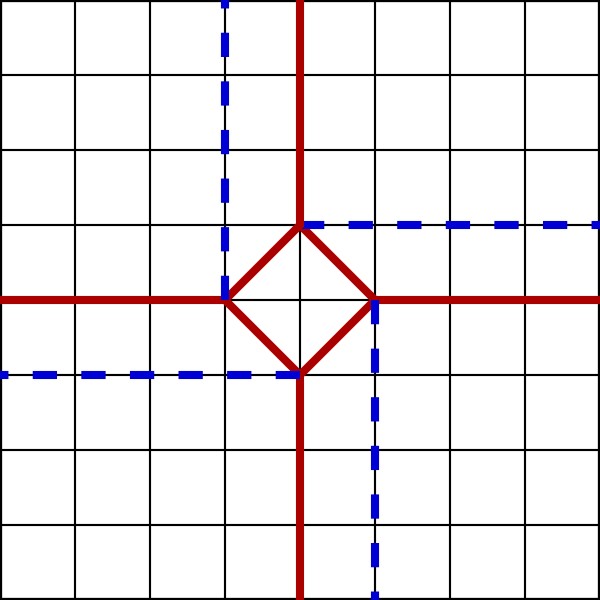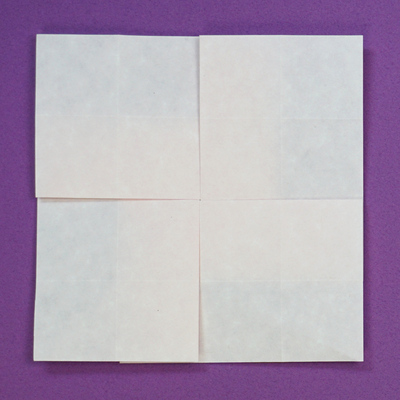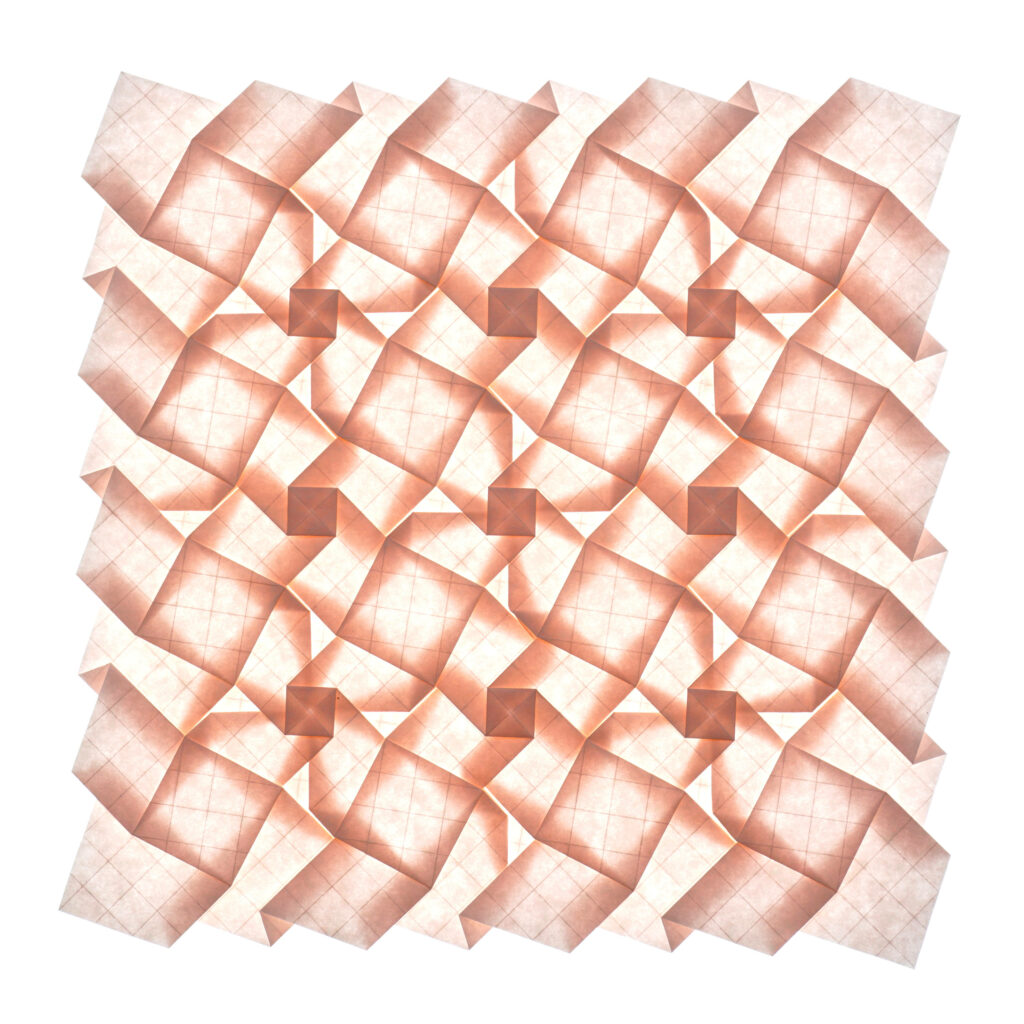The Closed Square Twist (also just called Square Twist) is one of the more common twists and is usually one of the first that a new tessellation folder learns.
Crease Patterns and Folded Forms






Animations


Animations by Ben Parker using Origami Simulator
Uses in Tessellations
Square twists are folded starting from a regular square grid. The mountain folds that form the square itself are not in the grid. The twist can be folded with or without pre-creasing those folds, depending on the expertise of the folder.
It is one of the most widely used twists in tessellations.
Here’s some examples of tessellations that use only this twist:



Here’s some examples that use this twist with other twists:



Video Tutorial
History
The closed triangle, closed square and closed hexagon twists are the best known in the tessellation world. The origin of these twists, according to several sources, dates back to 1971-1976. David Brill wrote an article in BOS magazine 91 (1981), about Shuzo Fujimoto, pointing to the origami world the importance of these new discoveries.
The first Fujimoto book was published in 1976 and some western origamists got copies of it from Fujimoto. Instructions for Fujimoto’s flat origami tessellations are given in “Twist Origami”, pages 34 to 38. Page 33 has illustrations of eight complicated flat tessellations of the sort that are best seen when held up to the light.
The tessellations in Twist Origami take the recorded origin of flat origami tessellations back to 1976. Fujimoto must have discovered them before he wrote “Twist Origami”. Indeed, because his examples are so advanced, his discovery may have been several years earlier.
The twist fold used in tessellations is a new variant, different from the previous ones found in the “Windmill” model for example. Where did it come from?
There are two contenders for the closed square twist. One is Fujimoto, but another possible claimant is the Japanese folder, Yoshihide Momotani. Momotani developed the twist for folding origami flowers and it is already demonstrated in his first book, “Origami Nyumon” (“The Guide Book of Origami”), which was published in 1971. Examples of the Twist fold are given on pages 108 to 110 (the puzzle purse) and on pages 202 to 203 where he gives an advanced twist fold. In his later books of origami flowers, Momotani made extensive use of the twist fold. Later it was also used by Kawasaki and other folders in the creation of origami roses.
Momotani’s book appeared in 1971, whereas Fujimoto’s “Twist Origami” appeared in 1976, so, on the basis of publication, Momotani must be given priority. But Fujimoto was the first to design flat tessellations which used the Twist fold, so he should be recognised as the first to use it in this context.
If you have additional information about the history of this twist, please share it in the comments below!
References
David Lister article in BOS, August 28th 2006, “Tessellations, The Beginning”.
David Brill article in BOS 91, December 1981, “Twists, Pleats and Beams of Light”

6 thoughts on “Closed Square Twist”